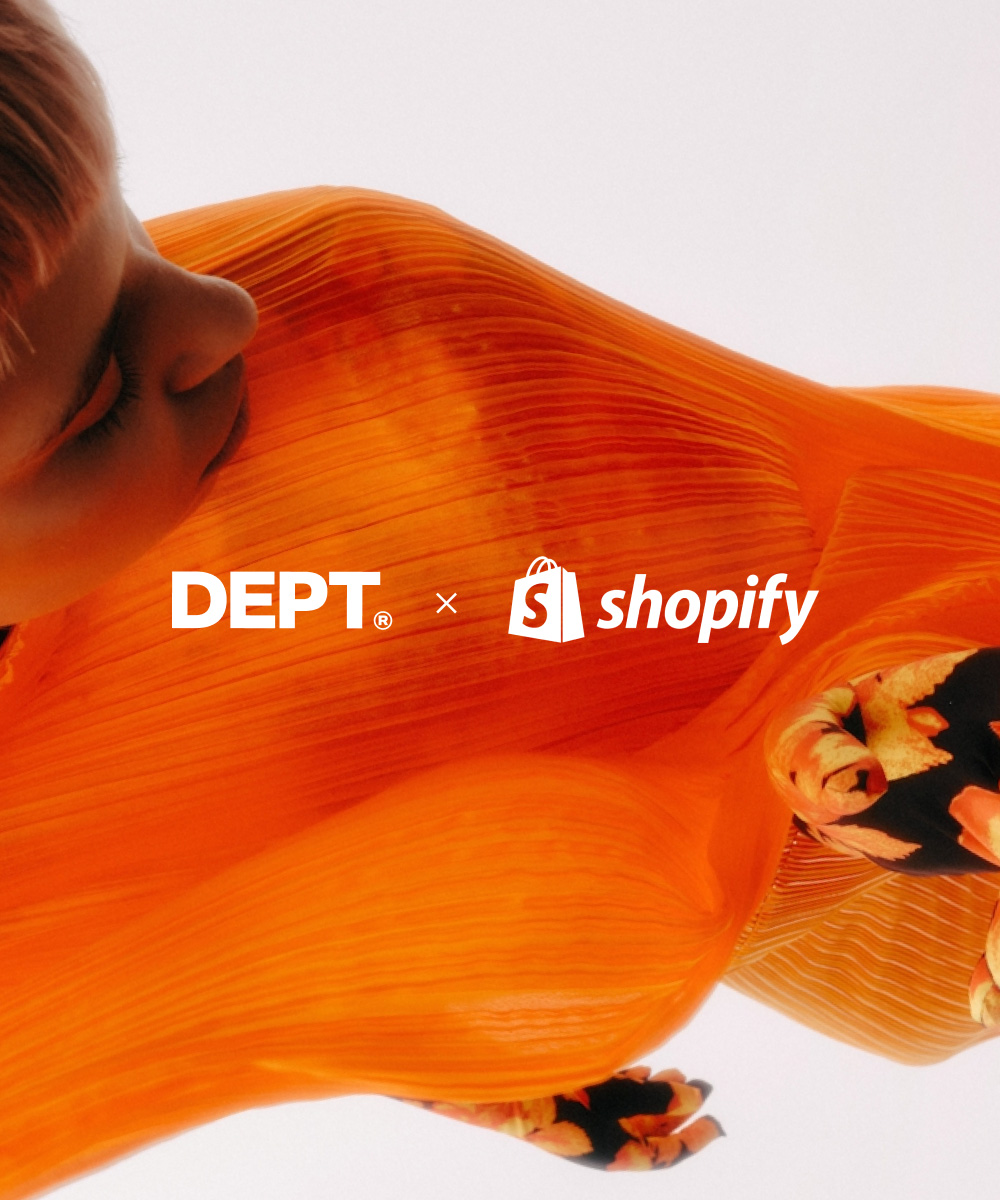Establishing a D2C customer retention strategy during COVID-19

The COVID-19 crisis has prompted many businesses to fast-track their plans to launch a direct to consumer model (D2C). The impact of nation-wide measures to contain the spread, from store closures through to face-to-face business limitations, are ricocheting through most sectors, placing new challenges on existing supply chains.
Some B2B businesses who have an online presence are speeding up their ecommerce plans, launching microsites to target new consumers, while others are focusing on the quickest route to market – Amazon. Whichever route you’re taking, it’s advisable to not just see these actions as a short term way to open up temporary revenue streams; those who lay solid foundations now can reap the rewards long after we come out the other side of this pandemic. A customer retention strategy will be key to long term D2C success.
In the simplest terms, does your business encourage repeat purchasing? Seeing the aim as ‘customer loyalty’ can cause slightly misguided approaches, as consumers are inherently brand promiscuous. People shop at multiple supermarkets, wear Nike, Adidas, New Balance and Asics trainers, and are signed up to Netflix, Prime Video and Now TV. Retention vs loyalty is a fine hair to split, but important. The aim of a good retention scheme is to sell more products, not to cut a rival’s market share.
One of the most heralded executions of this principle is Sainsbury’s ‘Try something new today campaign.’ In 2005, the retailer set a goal of £2.5 billion in additional sales over three years. £2.5 billion is a lot. But in terms of current customers, it amounted to just £1.14 extra each time they shopped. Reframing the challenge as, ‘how do we get shoppers to spend an extra £1.14 on each shop?’ gave rise to the ‘try something new today’ idea; spend a little more on food you’ve always wanted to try and break the monotony of your go-to set of meals. Sainsbury’s reached their £2.5 billion goal with months to spare.
What’s relevant about this example today is what followed: the 2008 financial crash. ‘Try something new today’ continued during the credit crunch, reoriented around the proposition of trying a new, cheaper option. The principle that drove repeat purchasing continued to work during the crisis, meeting the evolving everyday needs of the retailer’s audience.
This illustrates the importance of beginning with your brand proposition first and the product offering second. What is it that your brand promises to consumers? How do they feel when purchasing from you? This is your emotional reason to believe, the essence of the brand that connects with the everyday pressures facing consumers. (You can read more about how to build your brand in our new longread, The Secrets of Consumer Demand).
As an example of this in action during the coronavirus response phase, look to the finance industry. Banks and building societies promise peace of mind that personal finances are safe. From this initial emotive reason, coronavirus related policies evolve. Using Nationwide as a reference point, the building society is offering increased overdraft limits and penalty free early access to fixed term savings accounts. Taking the idea of financial safety a step further, they have raised the contactless payment limit to make grocery shopping a safer experience, due to contamination fears around physical money. Each benefit returns to the emotional core of their consumer finance offering.
As a D2C, particularly as a new entrant, it is important to follow this understanding of the emotional benefit of your brand offering with a deep understanding of how different audience demographics buy your products. Ease of purchase should always be a top priority; to achieve this you must know how each segment shops. By segmenting your sales figures around audience dynamics, the business can start to establish the key demographics to target.
As a theoretical example, an electronic parts manufacturer may find that batteries make up 60% of their D2C sales, while connectors, power supplies and semiconductors contribute 40%. Battery buyers are the majority, but the manufacturer needs to understand the entire shopping experience of their customers. They could find that very few battery buyers are returning to order more, while semiconductor buyers often follow up their purchase by ordering memory chips and microcontrollers.
In normal circumstances, you’d look to implement intelligent personalisation on your site, but that requires technology investment, expertise and content. With the time pressure you’re under, park that for now. Instead, use your site and sales data to implement some basic UX improvements and comms such as a ‘suggested purchases’ box and automated follow-up emails that suggest further products that other customers also bought.
During this disruptive pandemic, this level of data analysis is vital in understanding the difference between a temporary sales uplift and an upward curve, showing signs of recovery.
Purchase drivers
There’s no denying that the ‘norms’ of purchase behaviour have gone out the window at the moment. Right now, the top purchase drivers are around health, safety and reliability of service. Use your brand and comms strategy to reflect these concerns and aim to sooth the worries of customers. In this response phase, your business should be aiming to build brand sentiment, leaving a lasting, positive impression on buyers that prepares the business well for the end of the pandemic.
Consider the ways you can support their purchase and delivery to ensure that they have a great brand experience, in addition to a great shopping experience. In China, companies like Hey Tea and Starbucks quickly began to advertise their ‘contactless’ delivery option that adheres to social distancing advice.
In the US, the DIY company Lowes have applied their emotional benefit – their products help people build items they’re proud of – to the crisis, coming up with a campaign encouraging customers to build signs thanking emergency services and healthcare workers.
Contact has a huge effect on retention. If your business is missing its in-person presence, it’s important to find new touchpoints to keep a long term customer relationship going. In the D2C space, the furniture store Burrow have made store employees available over the phone through scheduled appointments, replacing the in-store advice function.
In this regard, think of the key communications channels that people are using in this crisis and consider how your brand can use them to engage with current customers. Video chat apps like Zoom are exploding right now, and messaging apps like WhatsApp and Messenger are being used even more. Can those face-to-face touchpoints be replaced with video LiveChat? Can you start to build a WhatsApp channel to supply current customers with more information and regular updates?
For brands new to the D2C model, providing a subscription option can be a simple way of ensuring retention on a weekly or monthly basis. In a similar vein, consider web features that ease the process of repeatedly buying the same product, such as basket memory.
Loyalty, gamification and rewards programmes are also an option. During this response phase, it can be worth taking a corporate social responsibility focused approach to rewarding behaviour. Rather than customers earning points, the brand could pass the points value on to charities and those in need. Some have built sales activations specifically for key workers. In terms of gamification, look to the BBC’s ‘Stay at home’ badge for parents and children; a gamified rewards system that allows parents to broadcast how good they have been in the crisis.
Getting to grips with personalisation is one of the biggest drivers of retention. By showing that your brand understands the customer’s needs, their preferences, and suggesting further buys based on this information, the customer will start to feel personally catered to, even if it is an entirely automated, algorithmically determined service. Not only is it easier to buy with a personalisation system in place, it’s easier to find new products to add to the basket. Tracking personalisation also builds into internal data analysis, boosting audience understanding.
With these systems in place, retaining customers as a newly D2C company is a far simpler task. All of this effort now delivers a sustained sales channel that can still be used as the economy enters the recovery phase and lockdown measures begin to relax. Having that additional revenue channel in place for what comes next can be a major plus for your business as the world starts to get back on track.
More Insights?
View all InsightsQuestions?
VP of Marketing, EMEA



